The Charter Act of 1813 in British India commenced the modern education on India officially by the British East India Company, though the Christian missionaries had started spreading modern education in India before that. The Charter Act decided to issue a fiscal support of Rs. One Hundred Thousand to the existing indigenous educational institutions in India. The Britishers took a decision to review the Charter Act within a period of twenty years in a regular basis. Though there was another charter Act in 1817, it was not an exclusive report given by a specially formed committee as a part of the predetermined review of the Charter Act of 1817. It was a declaration of the modified Charter Act to enlarge the amount from Rs. One Hundred Thousand to Rs. Two Hundred Thousand. Actually the real revision of the Charter Action had to be done in 1833.
It was during this point of time that the Oriental-Occidental Controversy emerged. The Oriental-Occidental Controversy made some confusion among the educationists and administers during the time. As a result the review of the Charter Act was constrained to solve the Oriental-Occidental Controversy, as it created a sort of dilemma in the field of education. As a result, Macaulay submitted a report known as Macaulay’s Minutes. The Macaulay’s Minutes was not a comprehensive review of the Charter Act on account of the above mentioned restriction in term of reference. More over it created more chaos in the field of education because of its illogical and narrow minded recommendations. As the decision taken during the first Charter Act of 1813, a review and renewal of the decisions implemented by following the Macaulay’s Minutes had to be done in 1853. The company assigned the duty of the review to Charles Wood. He was asked to make a comprehensive study on the existing educational system and to submit a report which could not only eradicate the chaotic atmosphere created by Macaulay’s Minutes but also could put forth some innovative recommendations for the multi-sided progress of the educational system in India. He submitted his report in 1855, and it is known as ‘Wood’s Dispatch of 1855.
Charles Wood’s Dispatch is popularly known as the Magna Carta of Indian Education for two reasons. The first reason is that the report was passed in the British Indian Parliament. It was the first time in Indian history a report on education was passed in the parliament just as the Magna Carta in which the requests of the barons were agreed and passed in the parliament by King John of England in 1215. More over Wood’s Dispatch later caused for the revolutionary changes in the history of Indian Education, as well. Really it was a turning point in the history of education in India. He accepted a sort of practical approach in preparing his dispatch unlike Macaulay who had prepared his minutes out of sheer prejudice and damn arrogance.
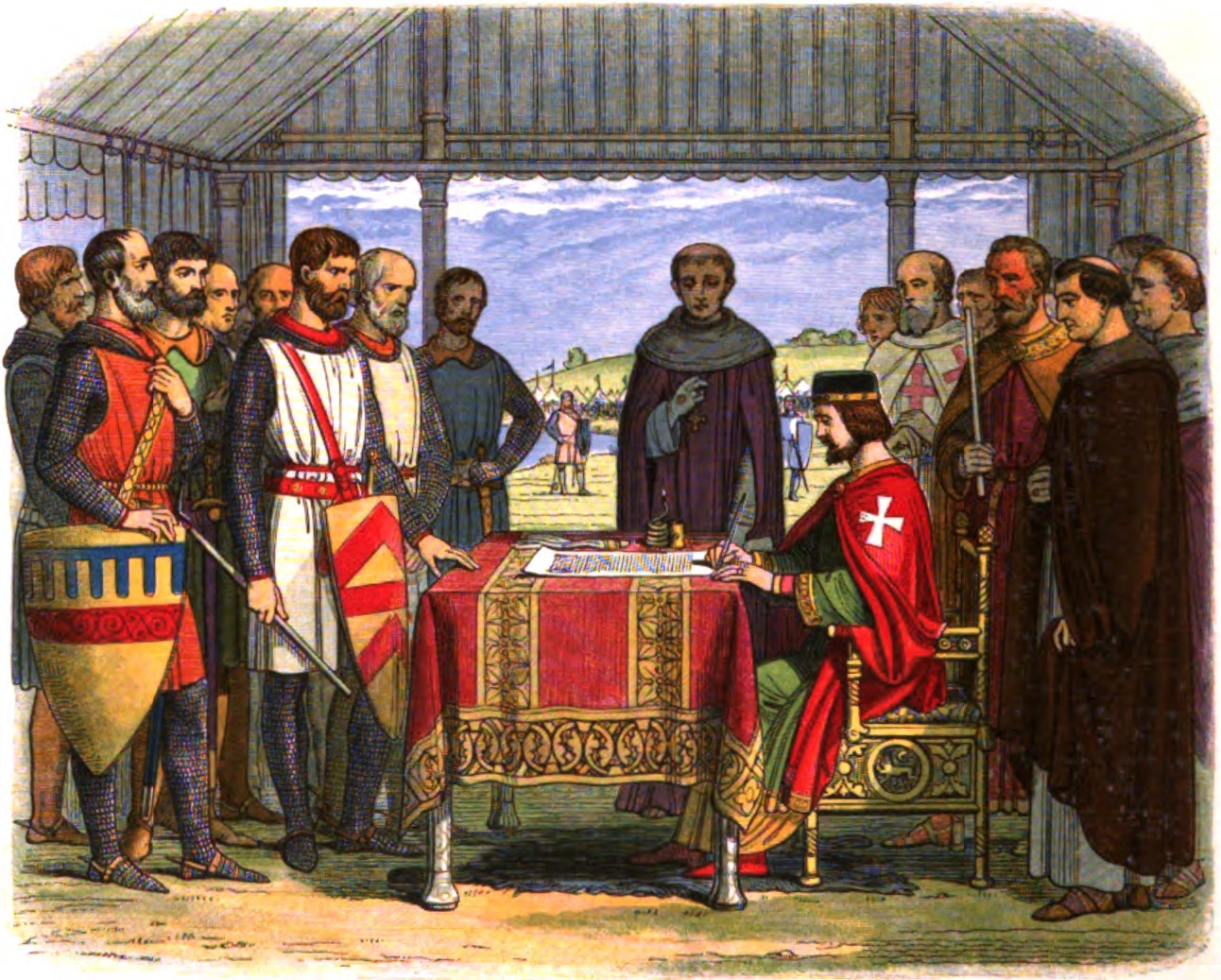
Just go through the major recommendations of Wood’s Dispatch, you may have to admit that it has got more practical and situational recommendations, compared to Macaulay’s Minutes of 1835.
The aim of education in India should be the diffusion the arts, science and philosophy of Europe so that to equip the offices of the English east India Company with efficient people
- Vernacular or regional language can be medium of instruction at the primary stage of education, while English should be at the higher educational scenario
- Separate department of education should be established at each province under a Director of Public Instruction who should be assisted by Inspectors to schools.
- Universities should be established at Bombay, Calcutta and madras following the model University of London . These universities should have a Chancellor, Vice-chancellor and members who constitute a senate.
- Vocational schools, technical institutions and colleges should be established at different areas of the country
- Teacher training institutions should be established by following the model of London, for giving exclusive training for teachers.
- There should be grant-in- aid schemes for private schools for the spreading and development of education.
- Special arrangements should be there for providing modern education for women folk.
These recommendations show that Charles Wood had approached the system of education during the age with an impartial and positive manner, and he tried to catch the real pulse of the people of India. The first recommendation that there should be a synthesis of the east and west when selecting the literature and arts for the curriculum of education must have been a result of his realisation that smooth and effective running of an educational system would not be possible without the support of the majority of the people that too that of the native people. This synthesis had been advocated by the great leaders India like Mahtma Gandhi, Swami Vivekananda, Rabinthranatha Tagore and Sri Aurobindo even before the submission of Wood’s Dispatch. The same approach of a synthesis can be seen in the second recommendation, as well. The recommendation was that regional language should be the medium of instruction at the earlier stages of education while English could be introduced as the medium of instruction during the higher educational stages. It shows that he had gone through modern psychology and applied its theories in this regard rather than making a mere compromise between the orientalists and occidentals.
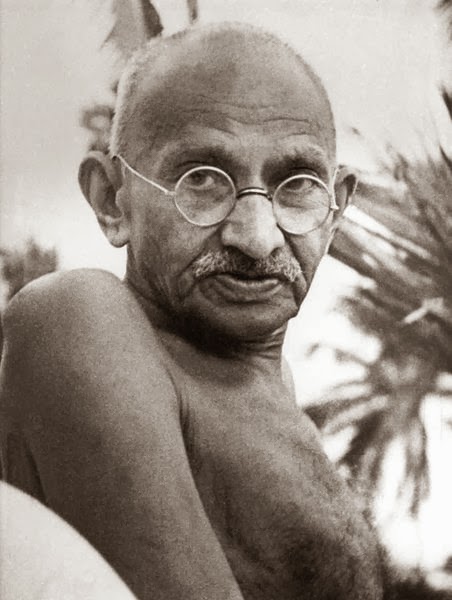
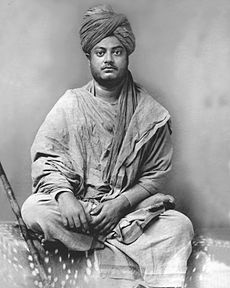
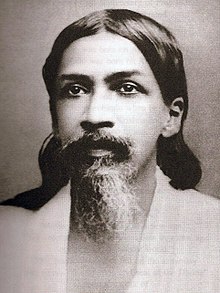
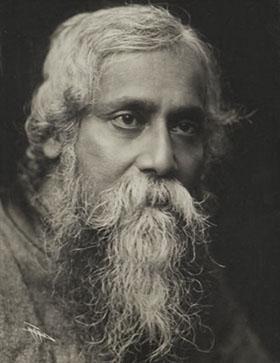
The third recommendation of Wood’s Dispatch that exclusive departments of education should be started at each province was an innovative step in the history of Indian education. It put forth concept of decentralization of administration. The more you decentralize the administration, the more it becomes qualitative and faultless. Appointment of director and inspectors also was something great as it was an effective mechanism for monitoring and verifying the quality of education offered by the institutions and to check whether any corruption or illegal practices were occurring there.Similarly the recommendation that Universities should be established at different provinces in India also was a historic movement. It was the first step to commence the modern higher education in India. Charles Wood’s Dispatch also introduced the concept of appointing chancellor, vice-chancellor and senate members first time in India. The recommendation was helpful in the systematic administration of University and Collegiate education in India. The recommendation for starting vocational and technical institutions also smelled modern attitude introduced by pragmatic school of philosophy. It was a the initial step to spread professional education in India. The recommendation to start training schools also was intended to enhance the quality of education in India, as only some quality teachers who had got training in modern trends in teaching and had got clear cut idea of modern child psychology, could provide quality education to youngsters. The dispatch also recommended to reestablish the grant-in-aid system which had been demolished by Macaulay’s Minutes. It was for pleasing the majority of people who had turned away from the modern educational institutions on account of the arrogant and autocratic recommendations put forth by Macaulay’s Minutes. And finally it recommended special steps to be taken for providing modern education for the women community. In India, it was a revolutionary step regarding to the process of women empowerment.
Though Wood’s Dispatch is considered as a turning point in the history of modern education in India, sharpened arrows of criticism can be seen against it as well. Some people believe that it was a hidden agenda of Britishers to bring the majority of the people back to education by pretending that they were not against the eastern literature and culture. They accuse that the grant-in-aid system was not implemented even after Wood’s Dispatch had recommended it. They show this as a proof of the treacherous act by the Britishers. The recommendation that the teacher training institutions and universities should be established by following the model of London University also was severely criticised by many people. These people felt that it also was a tricky movement to gradually spread British or European culture in India by destroying the great Indian culture and civilization. Another severe criticism against the Wood’s Dispatch was that it had given prime importance to create government employees rather than creating scholars.
Merits and Demerits of Wood’s Dispatch, as put forth by different groups of people, at a glance.
Merits or Advantages of Wood’s Dispatch
- Known as Magnacarta of Indian education
- Discarded Downward Filtration Theory
- Establishment of Separate departments of Education at Each Province.
- Promotion of Private education.
- Promotion of Women Education
- Promotion of teacher Training
- Establishment of Universities
- Promotion of Vocational & Technical Education
Demerits or Disadvantages of Wood’s Dispatch
- Blind Imitation of London Model
- Regional languages were neglected even after the report for many years
- The grant-in aid system was not successful
- It only aimed at producing government employees

